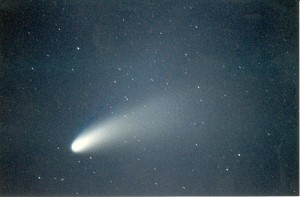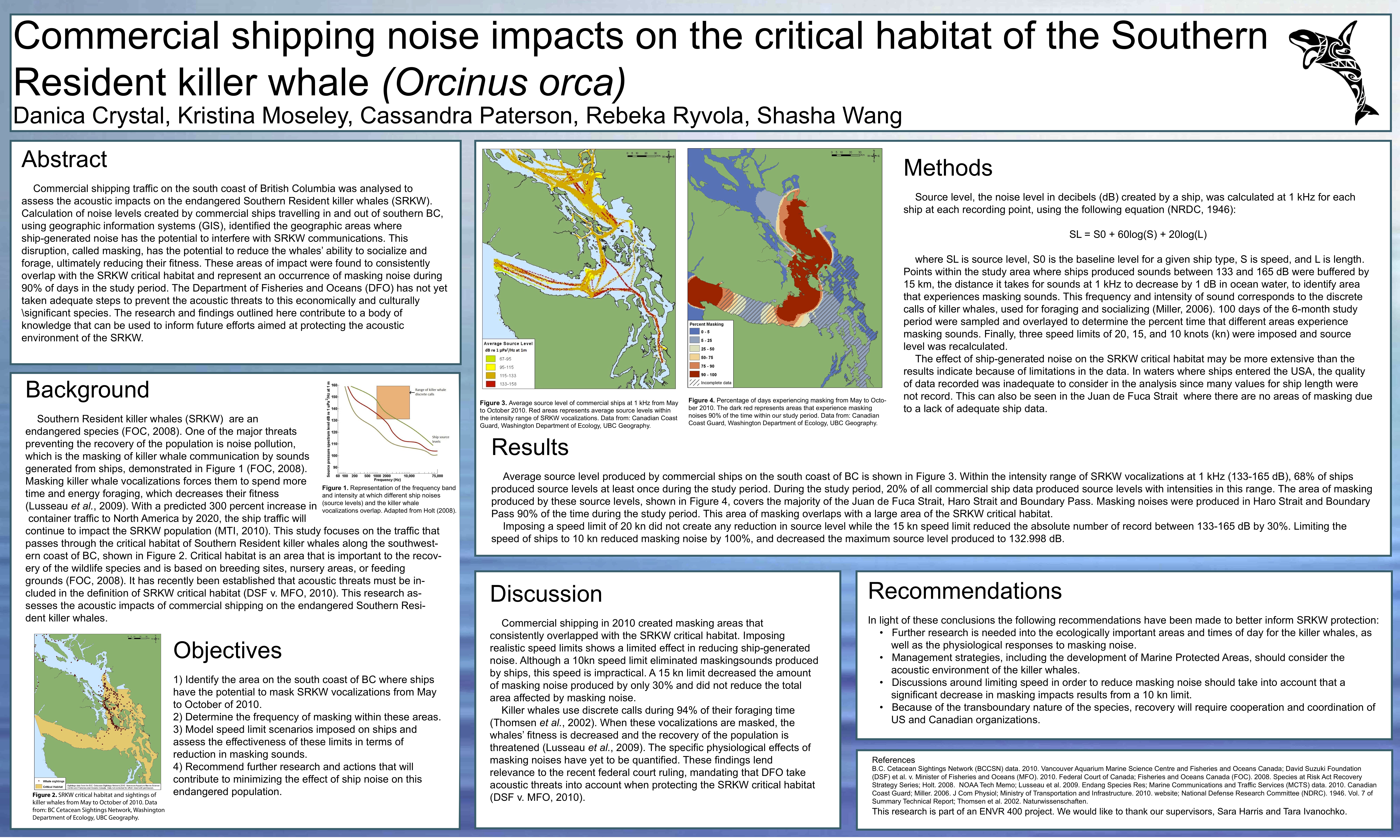Esophageal cancer is a booming cancer diagnosis in the United states in the past 20 years. It is usually discovered at late stages thus has a very low survival rate.
In the U.S. somebody dies every 36minutes of this disease. Believe it or not, it is usually caused by persistent heartburn or acid reflux disease.
April is Esophageal Cancer Awareness month. Esophageal Cancer action Network (ECAN) has launched a nationwide public awareness campaign.
Here is a short clip of what Esophageal cancer is and its causes and symptoms.
Yesterday i came across a couple articles from Medindia, Time, The wall street
journal and WebMD, that talked about strawberries having a potential to prevent esophageal cancer based on a preliminary research by Tong Chen. (a cancer researcher at Ohio State Comprehensive Cancer Center).
Based on the results from her animal study showing that strawberries had 
 anti-cancer effects, Chen decided to study strawberries as a cancer preventive in humans. Her study involved a total of 38 participants all from China who were about 55 years old suffering from a mild to moderate dysplasia in the esophagus. 36 participants completed the study and biopsies of the esophagus were taken before and after the study.
anti-cancer effects, Chen decided to study strawberries as a cancer preventive in humans. Her study involved a total of 38 participants all from China who were about 55 years old suffering from a mild to moderate dysplasia in the esophagus. 36 participants completed the study and biopsies of the esophagus were taken before and after the study.
These participants were instructed to consume 30 grams of freeze-dried strawberries (powder) in a glass of water twice daily for six months. Out of the 36 participants, 29 of them showed a decreased level of precancerous lesions.
So, Strawberries may be an alternative to prevent esophageal cancer. But this does not mean that we could gulp down pounds and pounds of strawberries to prevent or fight cancer. This research is still at its preliminary stage. There is more research and scrutiny that needs to be done for these findings to be valid.







